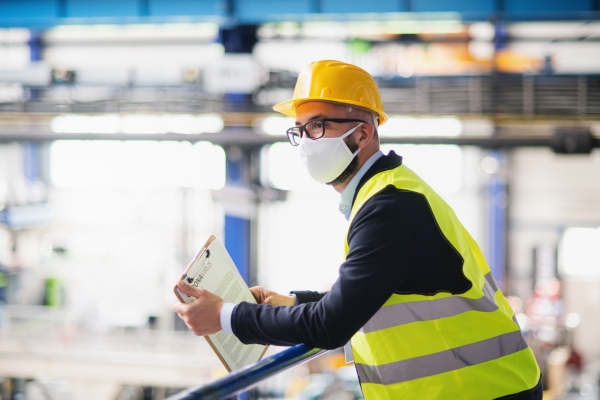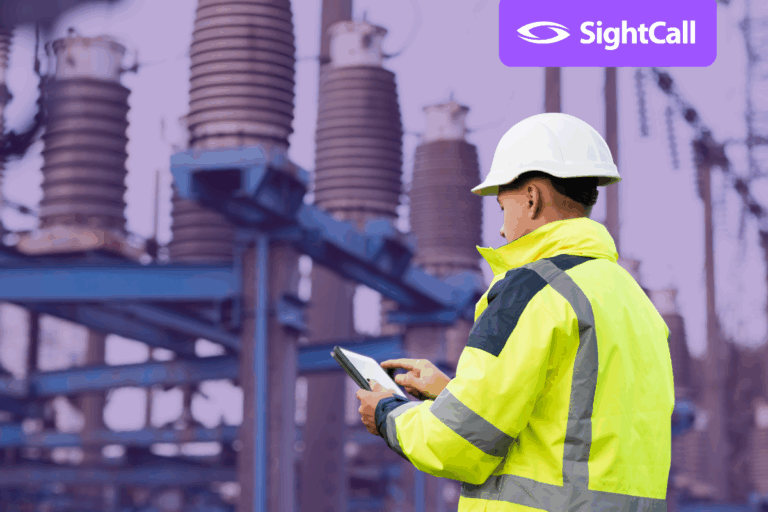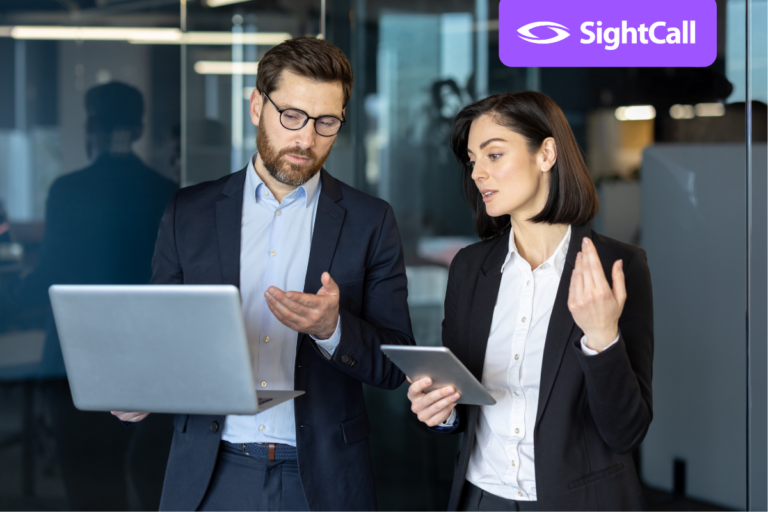It’s been a strange and worrying year for everyone. The COVID-19 pandemic has created new challenges for almost every organization, but it’s also created new opportunities to change and improve the way field and customer service organizations do business. We’ve seen the growth of new use cases for remote visual support evolve quite considerably since the onset of COVID-19, as organizations look to adapt, maintain and improve their service levels.
We’ve seen retail organizations deliver quality sales experiences despite the need for social distancing. Our customer Lincoln has met the need of stay-at-home shoppers by using remote visual support to provide a one-on-one virtual vehicle walk-around experience. A completely new way of doing business that they hadn’t considered pre-COVID-19 and one that allows them to leverage their existing Lincoln Experience Centres that would have otherwise seen lower footfall during a time of social distancing and restrictions.
Service organizations are now using remote visual support to train and educate their engineers and technicians. Our customer GE Healthcare has expanded into clinical education through remote visual support. They are now implementing remote component training for customers and clinicians. This has been especially critical to new clinicians using complex technology for the first time during the pandemic, where receiving in-person training and education hasn’t been possible.
We recently attended the Copperberg Virtual Aftermarket Summit with our customers KONE and Malvern Panalytical. We had an interesting discussion with them around some of the ways they’ve been using remote visual support during the pandemic.
KONE, the global leader in the elevator and escalator industry, currently operates across 60 different countries worldwide. The business previously offered remote support by email and phone but quickly realized they had to improve this in order to operate effectively. New regulations, masks, and social distancing have greatly affected how the business can maintain its equipment this year. By having remote visual support in place and integrated into their business processes long before COVID-19 hit, KONE has been able to effectively service their fleet of escalators and elevators, while keeping their engineers safe.
Malvern Panalytical, a global manufacturer and supplier of laboratory analytical instruments, has seen some mission-critical examples of how important remote visual support is. The organization recently had to help one of their global customers using remote visual support, for the installation of a complex X-Ray machine in Iraq. The machine could only be installed by local support technicians due to strict travel restrictions that meant sending an expert on-site was just not possible. Through remote visual support, experts at their Netherlands base could effectively guide the customer through the complex installation process using live video and photo upload, annotations, and document sharing to successfully install the critical piece of machinery.
Remote visual support is now so much more in the “new normal’- it’s giving our customers alternative access to maintain equipment and connect with customers while offering new and unique ways of training employees, supporting the sales process, auditing for quality assurance, and offering pre-visit inspections.



